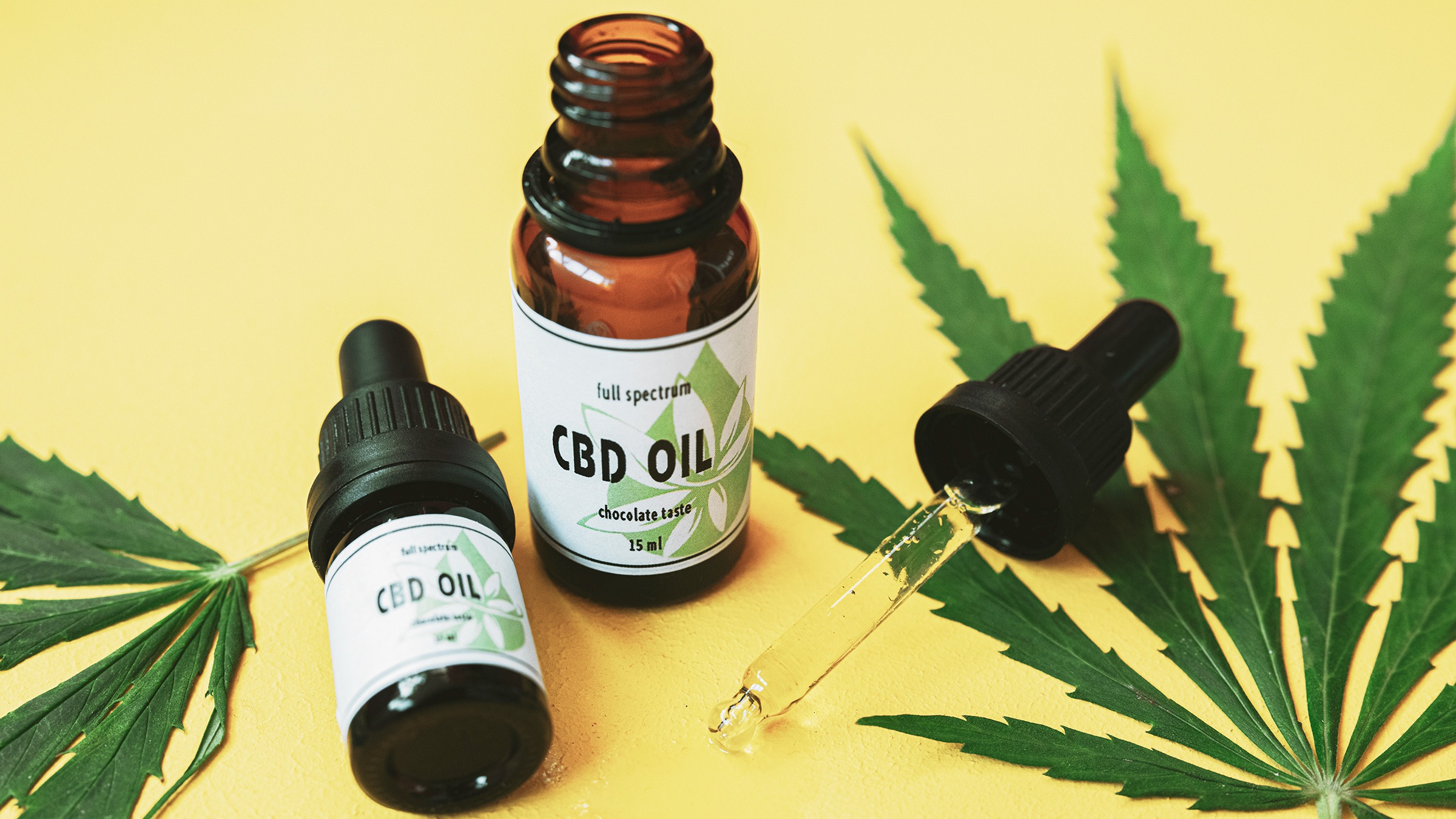Relief Without the High: Advantages of CBD-Rich Cannabis for Pain Management
If you live with chronic pain, you know how it can affect every aspect of your life. The journey to manage your pain can often be as challenging as the pain itself. It’s exhausting to try new medications, consult different doctors, or visit various specialists without finding relief.
If you’ve been struggling with pain and traditional pain management methods, it might be time to explore the potential benefits of medical marijuana. Understandably, you may have concerns about using a psychoactive substance. Fortunately, there’s an alternative.
CBD-dominant strains can offer pain relief without the psychoactive effects typically associated with marijuana.
So, what makes CBD a unique cannabinoid for pain management? In this guide, we provide answers to help you on your path to healing.
Also check weed delivery vaughan
CBD vs. THC
Two of the most recognized compounds in marijuana are cannabidiol (CBD) and tetrahydrocannabinol (THC). While most plants contain a blend of both (along with hundreds of other compounds), modern cultivation and extraction techniques enable manufacturers to precisely control the concentrations of THC and CBD in their products.
CBD
unlike many other cannabinoids, does not produce psychoactive effects. This makes it a popular choice for treating chronic pain, especially for those seeking a natural, plant-based alternative to traditional pharmaceuticals.
Patients using CBD often report several benefits, including:
Pain relief: Many patients find that CBD helps reduce everyday discomfort and enhances their quality of life. We will delve deeper into how CBD aids in chronic pain treatment later.
Mood balance: Patients dealing with mental health issues such as anxiety and depression often use CBD to help restore their mind-body connection and stabilize their mood.
Sleep support: CBD can assist in maintaining a healthy sleep-wake cycle and promoting more restful sleep.
THC
The most well-known cannabinoid found in the Cannabis sativa plant. Many patients use THC as a therapeutic tool because it can:
- Stimulate appetite
- Reduce nausea
- Support restful sleep
- Impact mood
- Reduce pain
- Help regulate inflammatory responses
However, THC is also known for its psychoactive effects. While some patients intentionally use THC’s psychoactive properties to achieve their healing goals, others prefer non-intoxicating cannabinoids.
How CBD Assists in Pain Management
The efficacy of cannabis, encompassing both THC and CBD, in managing pain is evident, with numerous patients experiencing enduring relief upon integrating medical marijuana into their treatment regimens.
However, the precise mechanisms through which cannabis alleviates pain at a physiological level continue to be scrutinized by scientists. Based on existing research, several unequivocal conclusions can be drawn regarding the relationship between pain relief and cannabis:
The endocannabinoid system (ECS) within the body plays a significant role in modulating pain responses and other essential biological functions.
Naturally occurring cannabinoids, known as endocannabinoids, are produced by the body and interact with ECS receptors CB1 and CB2.
Cannabinoids present in the Cannabis sativa plant, including THC and CBD, bear a striking resemblance to our endocannabinoids, allowing them to engage with CB1 and CB2 receptors in a manner akin to endocannabinoids, thus yielding diverse outcomes.




